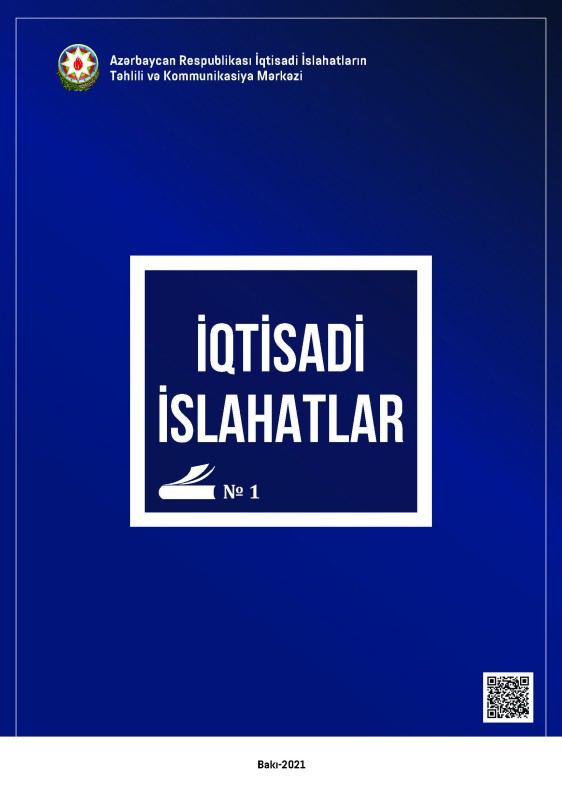THE EQUILIBRIUM REAL EXCHANGE RATE IN A COMMODITY EXPORTING COUNTRY: AZERBAIJAN'S EXPERIENCE
Summary
The case of Azerbaijan serves to study the adequacy of exchange-rate policy in a resource- rich economy. This paper analyses the behaviour of Azerbaijan's external accounts over the past twenty years. Declining oil prices made an existing exchange-rate peg unsustainable and led to a large devaluation in 2015. Since then, the current account balance has improved, but by less than expected. We use the EBA-Lite method to derive regression-based estimates of the equilibrium real exchange rate, and relate misalignments to measures of “policy gaps”. Our findings suggest that only a few years after the devaluation, Azerbaijan's currency has once more become overvalued. Moreover, the equilibrium real exchange rate is volatile and hardly compatible with a long-run exchange rate peg. Exchange rate policy should try to accommodate shifts in the fundamental determinants such as relative productivity and real oil prices.
KEYWORDS: Equilibrium real exchange rate; CA gap and REER gap; EBA lite model, Azerbaijan economy.
